Belly dump trailers are essential tools in construction and heavy haul industries, enabling operators to efficiently unload materials such as gravel, sand, and asphalt. In this comprehensive guide, we will explore the various aspects of operating a belly dump trailer efficiently and safely. Our aim is to equip operators with the knowledge needed for effective use, increasing productivity while ensuring safety.
Understanding the Belly Dump Trailer
What is a Belly Dump Trailer?
A belly dump trailer, also referred to as a belly dump semi-trailer, features a unique design that allows it to unload materials from the bottom. Unlike traditional dump trailers that tip forward, belly dumps use a hinge mechanism located in the center, permitting the trailer to release its load through gates located on the underside.

Components of a Belly Dump Trailer
- Trailer Frame: The structure that supports the trailer, made from high-strength steel.
- Hoppers: The compartments where materials are stored, allowing for a large capacity.
- Dump Gate: The mechanism that opens to release the load, operated via hydraulic systems.
- Axles and Suspension: Designed for stability and smooth transportation, critical for heavy loads.
- Tires: Essential for maintaining traction and stability on various terrains.
Advantages of Using a Belly Dump Trailer
- Efficiency in Unloading: Capable of unloading without needing to reposition the truck.
- Versatility: Ideal for various materials including aggregates and loose products.
- Reduced Load Time: Quick unloading enhances productivity.
- Precise Placement: Allows for the controlled displacement of materials directly where needed.
Pre-Operational Checks
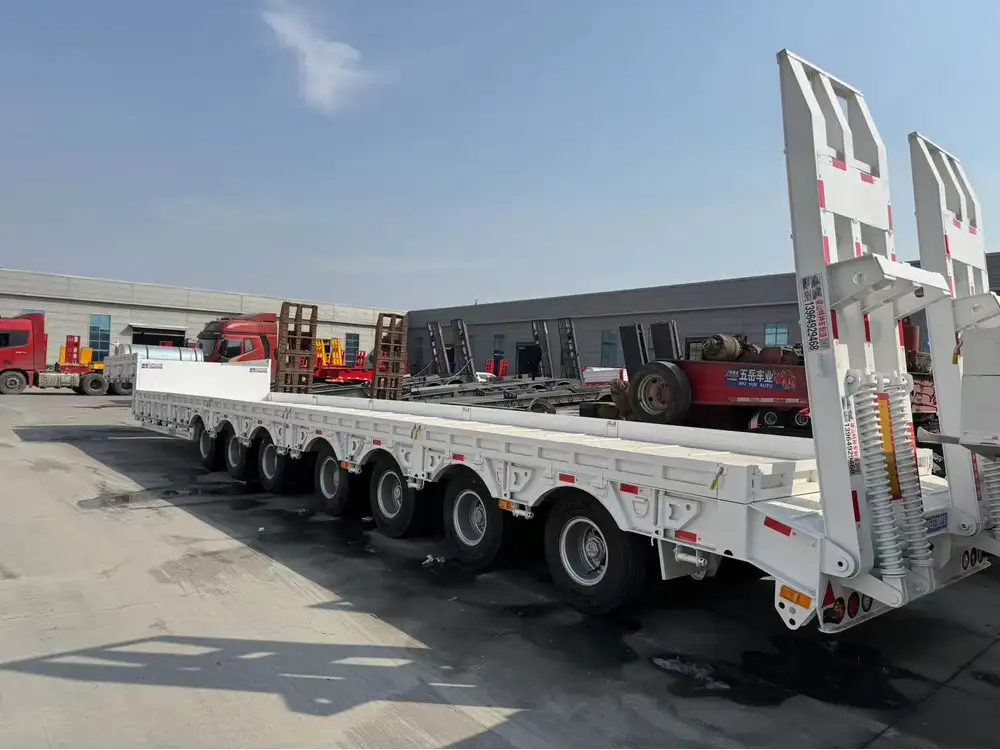
Safety First: Conduct a Pre-Trip Inspection
Before operating a belly dump trailer, a thorough inspection is paramount. Consider the following checklist:
- Tires and Brakes: Inspect for proper inflation and any signs of wear.
- Lights and Wiring: Ensure all lights are functional, including brake lights and turn signals.
- Hydraulic System: Check for leaks or damages in hoses and cylinders.
- Frame and Structure: Look for any cracks or deformities in the trailer frame.
- Dump Gate Operation: Test the hydraulic system to ensure smooth opening and closing of the gates.
Operating the Belly Dump Trailer
Step-by-Step Guide to Operating a Belly Dump Trailer
Connect the Trailer to the Truck:
- Ensure that the coupling mechanisms are secure.
- Check the connection to the air supply for the brakes.
Load the Trailer:
- Distribute weight evenly within the hoppers.
- Adhere to the manufacturer’s specifications for maximum load capacities.
Verify Proper Hitching:
- Check that the trailer is level and towed evenly behind the towing vehicle.
Drive Safely:
- Maintain a steady speed while traveling.
- Avoid sharp turns and sudden stops to prevent load shifts.
Positioning for Unloading:
- Find a suitable unloading area.
- Align the trailer over the target unloading site to ensure accurate placement.

Unloading Material: The Process
Engage the Hydraulic System:
- Activate the hydraulic controls to enable the dump gate.
- Ensure that bystanders are at a safe distance.
Open the Dump Gates:
- Slowly open the dump gates, allowing the material to flow.
- Monitor the unloading process to avoid any spillage outside the designated area.
Completion:
- Once the unloading is complete, close the dump gates.
- Conduct a visual inspection for any remaining materials before leaving the site.
Recheck the Trailer:
- Ensure no residual materials are left in the hoppers.
- Conduct a post-trip inspection to assess wear and tear.
Best Practices for Operating a Belly Dump Trailer
Ensure Load Distribution
Proper weight distribution is crucial for the stability of the trailer.
- Always keep the heaviest materials toward the front for better balance.
- Avoid overloading one side to prevent tipping.
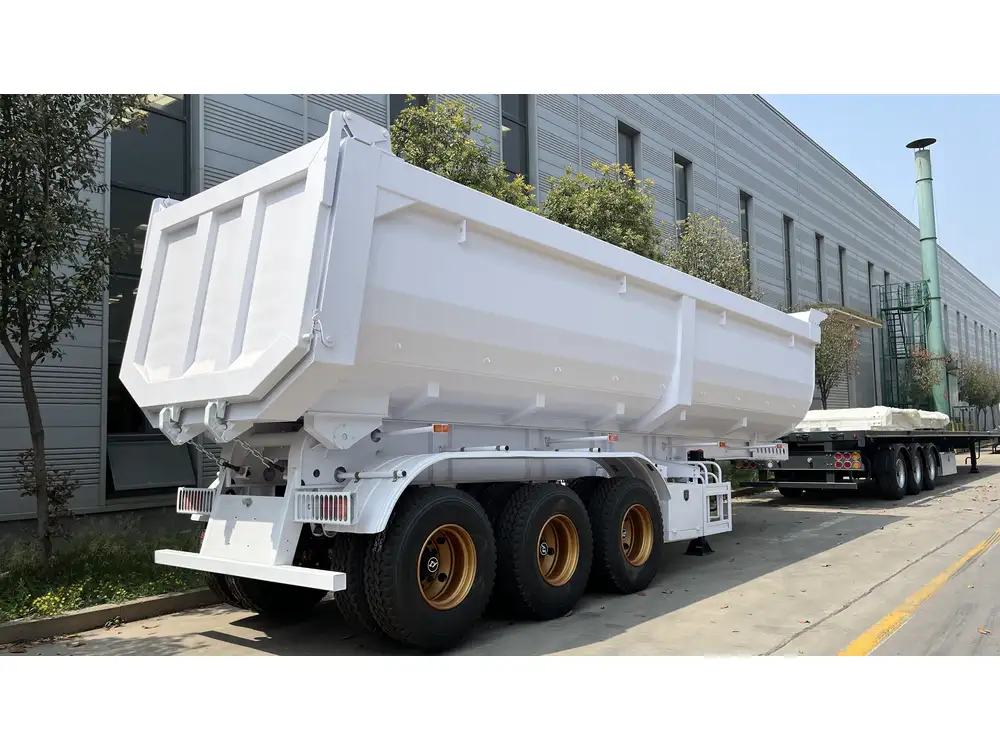
Understand Road Conditions
Acquaint yourself with the conditions of the terrain.
- Soft Soil: Be cautious when traversing loose ground that may cause the trailer to sink or tip.
- Steep Grades: Approach with caution; use lower gears and maintain control.
Maintain Clear Communication
When operating in teams, clear signaling is essential.
- Use hand signals or two-way radios to communicate effectively, especially during loading and unloading.
- Designate a spotter when unloading near people or obstacles.
Common Challenges in Operating a Belly Dump Trailer
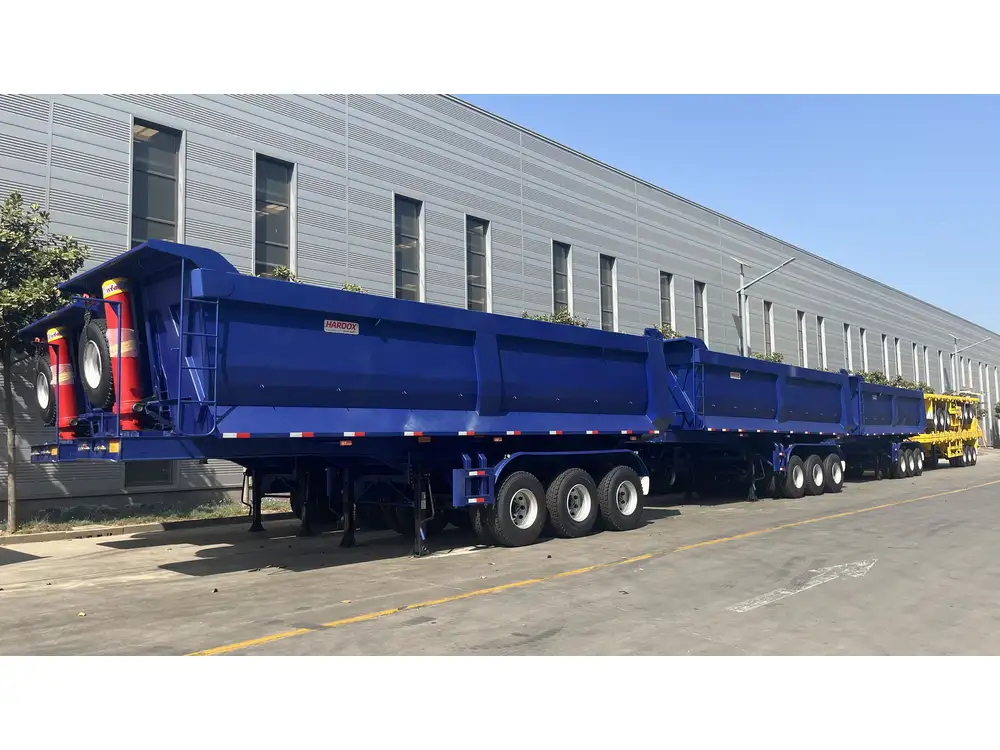
1. Overloading and Its Consequences
Overloading occurs when the weight exceeds the limits. Consequences include:
- Compromised trailer integrity.
- Increased brake wear leading to failure.
- Potential fines from regulatory authorities.
2. Load Shifting
Improper loading can lead to load shifts while in transit.
- Ensure uniform distribution before transportation.
- Avoid abrupt maneuvers that may cause instability.
3. Hydraulic Failures
Failures in the hydraulic system can halt operations instantly.
- Conduct regular maintenance on hydraulic lines and connections.
- Always have a toolkit for minor issues that can be resolved on-site.
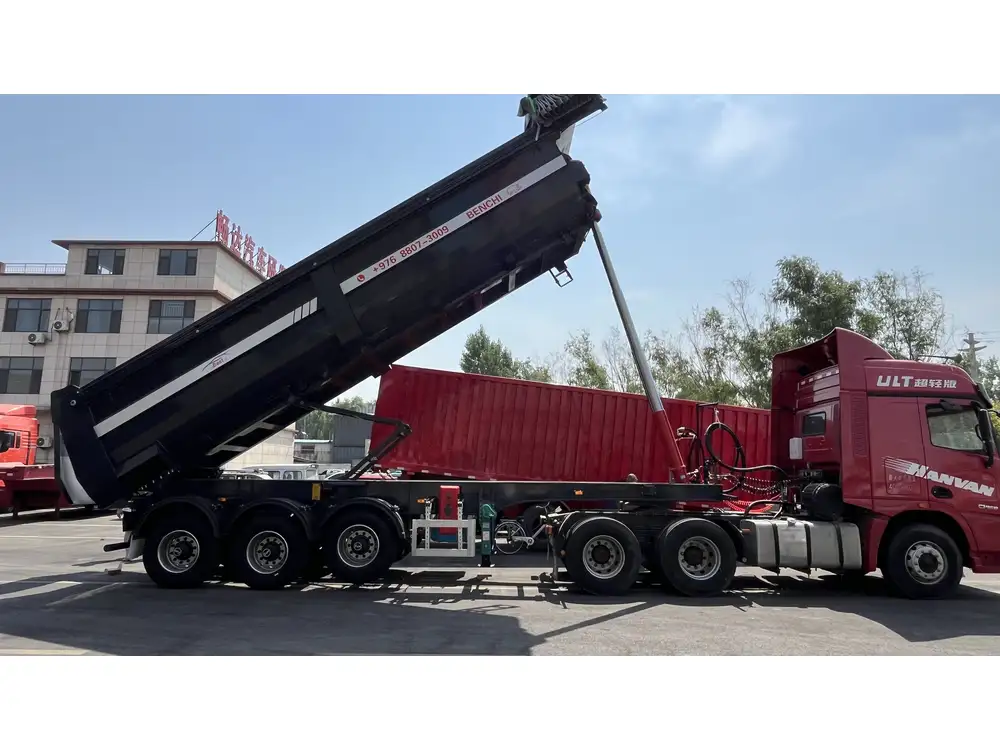
Maintenance Tips for Belly Dump Trailers
Regular Inspections
Schedule routine inspections based on the frequency of use.
- Check critical components during every pre-trip inspection.
- Document findings and rectify issues promptly.
Cleaning and Upkeep
Maintaining a clean trailer is essential for durability and performance.
- Post-use, clean the hoppers to remove any residue, which can cause corrosion.
- Inspect for signs of rust or damage and treat accordingly.
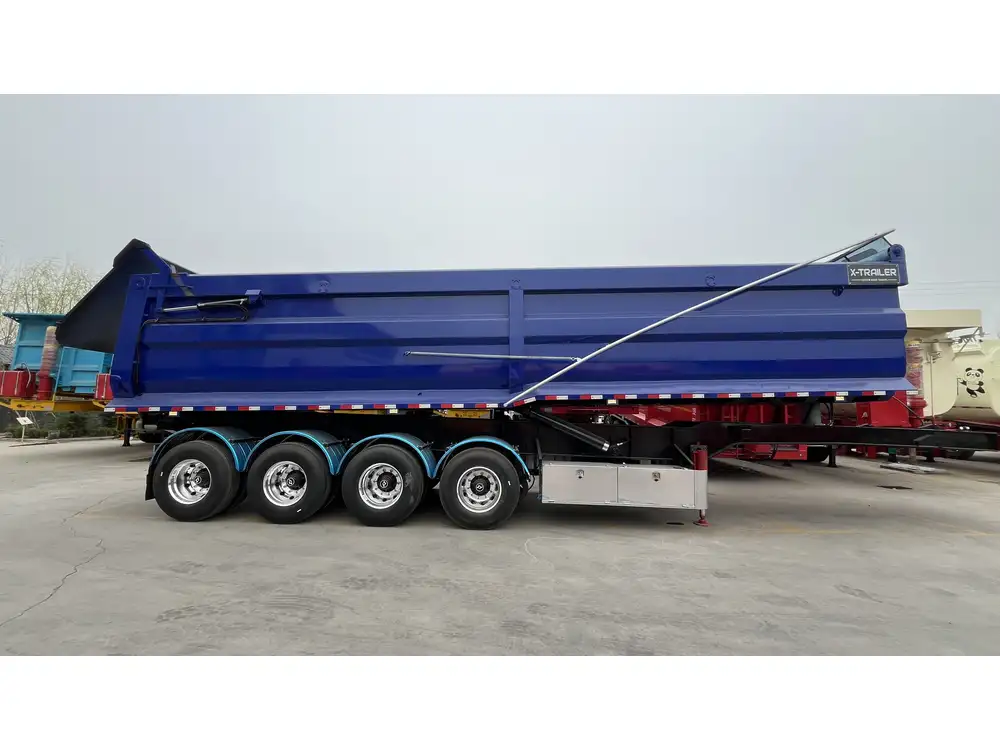
Lubrication of Moving Parts
Regularly lubricate all moving components, especially the hydraulic system.
- Use appropriate lubricants as specified by the manufacturer.
- Ensure no contaminants enter the hydraulic system during servicing.
Conclusion
Operating a belly dump trailer requires awareness of various operational parameters, adherence to safety protocols, and routine maintenance. By understanding the mechanics and process of unloading, as well as implementing best practices, operators can significantly enhance productivity and safety in their operations. With careful attention and knowledge, the belly dump trailer can be a powerhouse in material movement, paving the way for successful project completion.
Stay informed and proactive in the maintenance and operation of your belly dump trailer to ensure longevity and optimal performance.



